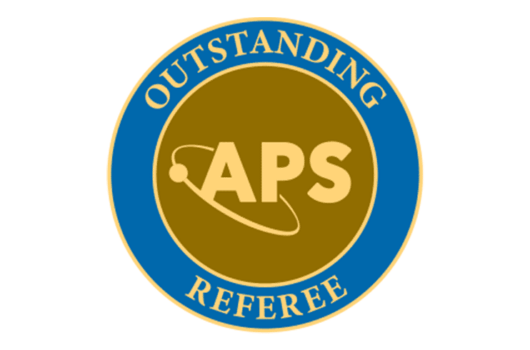Observable signatures of enhanced axion emission from proto-neutron stars
Observable signatures of enhanced axion emission from proto-neutron stars
View
Abstract
We perform general relativistic one-dimensional supernova (SN) simulations to identify observable signatures of enhanced axion emission from the pion induced reaction ![]() inside a newly born proto-neutron star (PNS). We focus on the early evolution after the onset of the supernova explosion to predict the temporal and spectral features of the neutrino and axion emission during the first 10 seconds. Pions are included as explicit new degrees of freedom in hot and dense matter. Their thermal population and their role in axion production are both determined consistently to include effects due to their interactions with nucleons. For a wide range of ambient conditions encountered inside a PNS we find that the pion induced axion production dominates over nucleon-nucleon bremsstrahlung processes. By consistently including the role of pions on the dense matter equation of state and on the energy loss, our simulations predict robust discernible features of neutrino and axion emission from a galactic supernova that can be observed in terrestrial detectors. For axion couplings that are compatible with current bounds, we find a significant suppression with time of the neutrino luminosity during the first 10 seconds. This suggests that current bounds derived from the neutrino signal from SN 1987A can be improved, and that future galactic supernovae may provide significantly more stringent constraints.
inside a newly born proto-neutron star (PNS). We focus on the early evolution after the onset of the supernova explosion to predict the temporal and spectral features of the neutrino and axion emission during the first 10 seconds. Pions are included as explicit new degrees of freedom in hot and dense matter. Their thermal population and their role in axion production are both determined consistently to include effects due to their interactions with nucleons. For a wide range of ambient conditions encountered inside a PNS we find that the pion induced axion production dominates over nucleon-nucleon bremsstrahlung processes. By consistently including the role of pions on the dense matter equation of state and on the energy loss, our simulations predict robust discernible features of neutrino and axion emission from a galactic supernova that can be observed in terrestrial detectors. For axion couplings that are compatible with current bounds, we find a significant suppression with time of the neutrino luminosity during the first 10 seconds. This suggests that current bounds derived from the neutrino signal from SN 1987A can be improved, and that future galactic supernovae may provide significantly more stringent constraints.




